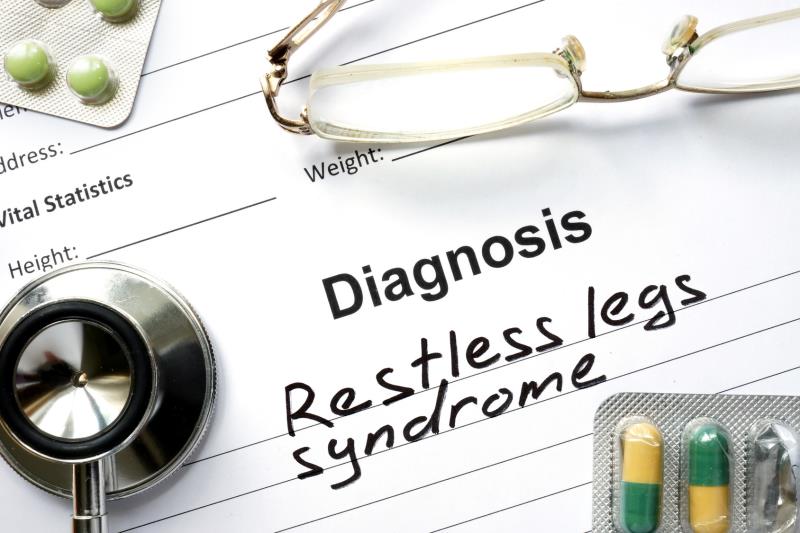
Restless legs syndrome (RLS) is prevalent in patients with idiopathic pulmonary fibrosis (IPF) and negatively affects sleep quality, a recent study has found.
The study involved 50 IPF patients (mean age, 72 years; 76 percent male) and 293 controls referred for suspected sleep disorders (mean age, 69.1 years; 75.3 percent male). RLS was diagnosed using the validated 5-item RLS criteria, while sleep quality was assessed using the Pittsburgh Sleep Quality Index (PSQI; a score of ≥5 indicated poor sleep quality).
In the IPF group, 36 patients (76 percent) were receiving pirfenidone and 14 (24 percent) nintedanib, 22 (44 percent) were on long-term oxygen, and 32 (64 percent) were former smokers. The average PSQI score was 7.80, with 38 patients (76 percent) having scores ≥5.
RLS prevalence was significantly higher in the IPF group than in the control group (24.0 percent vs 10.9 percent; p=0.011). Among IPF patients, those with vs without RLS had markedly higher mean PSQI score (10.6 vs 6.9; p=0.005).
Logistic regression analysis controlling for demographics and clinical parameters of disease severity confirmed the association between higher PSQI score and RLS (odds ratio, 1.38, 95 percent confidence interval, 1.08–1.76; p=0.01).
According to the researchers, RLS can be treated using low doses of dopaminergic drugs (eg, pramipexole in the slow-release formulation). Treatment yields a prompt amelioration of both subjective symptoms (sensory discomfort and restlessness) and motor-associated phenomena (periodic limb movements during wake and sleep). Treatment should therefore be considered in all patients with severe RLS and related sleep difficulties or disruption.
However, the researchers emphasized the need for prospective research to assess the benefit–risk ratio of specific therapeutic interventions for RLS in IPF.